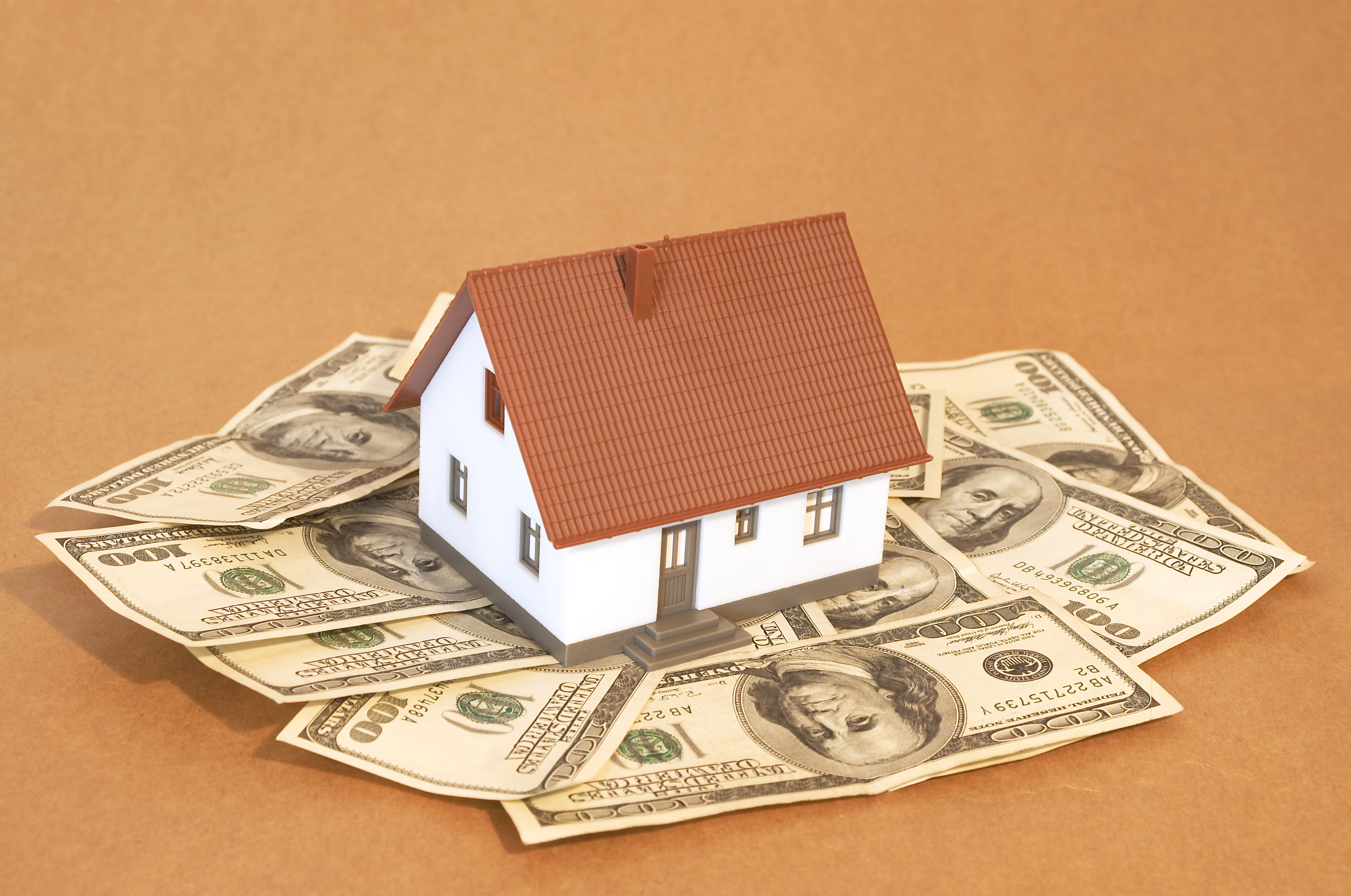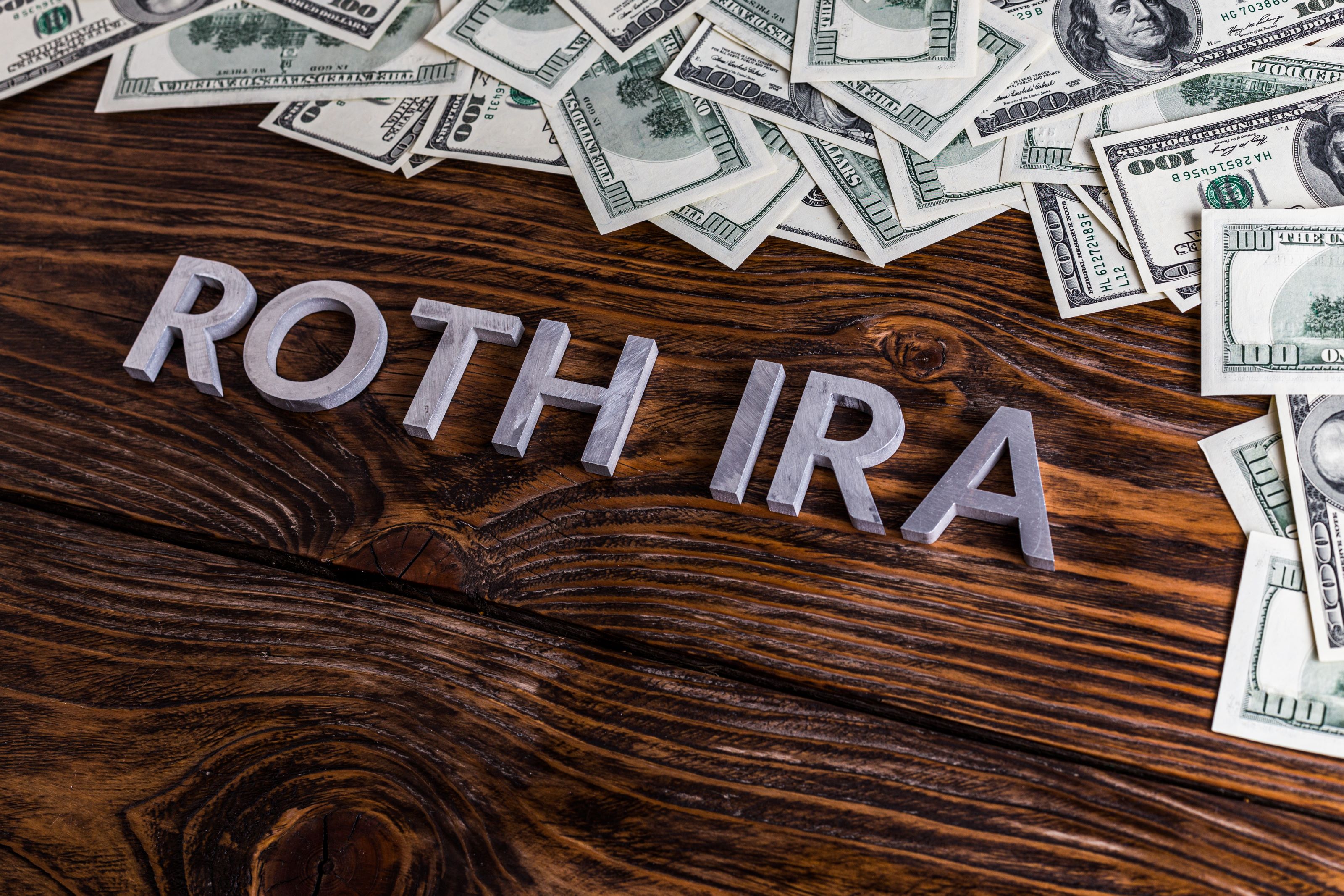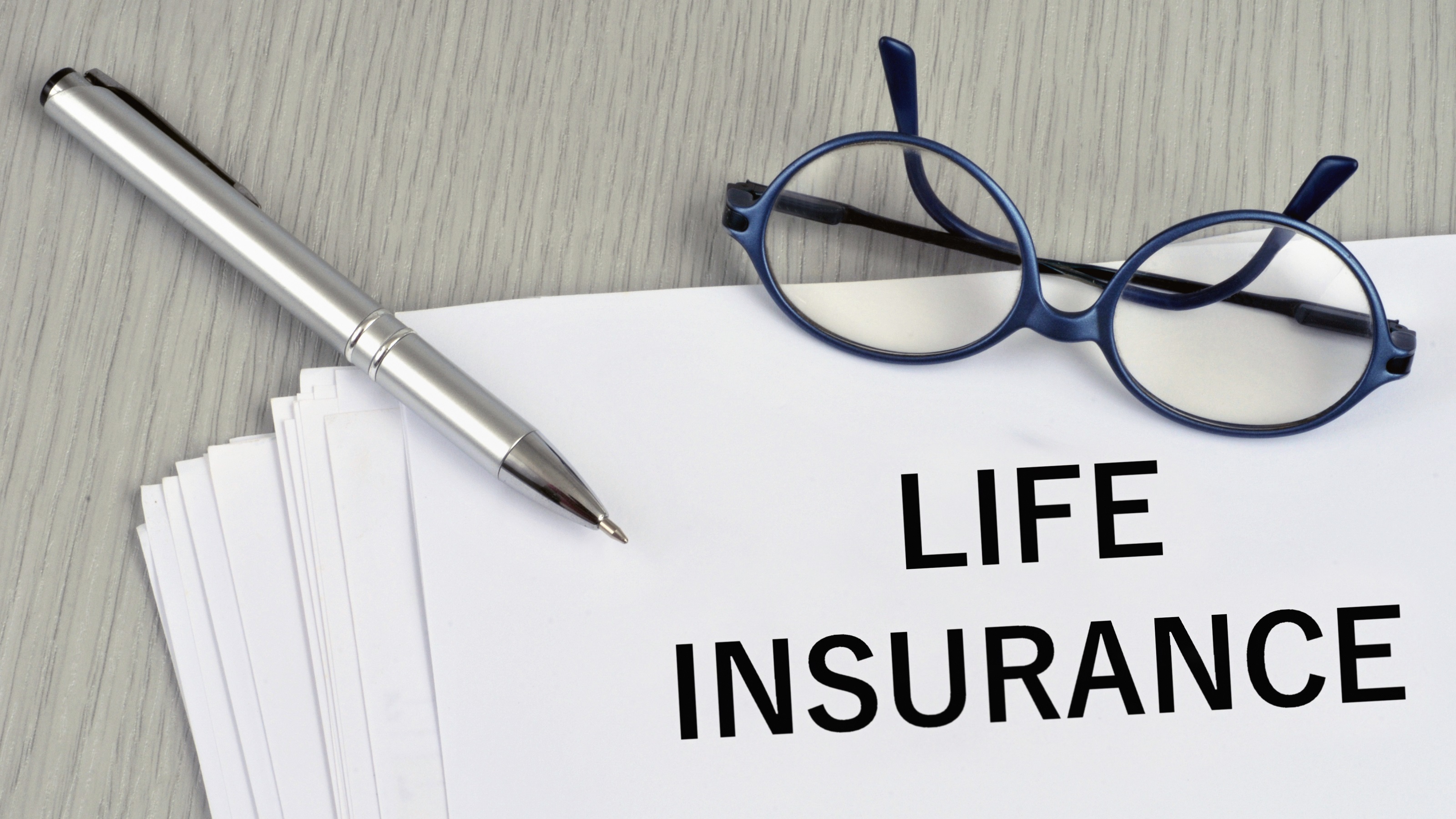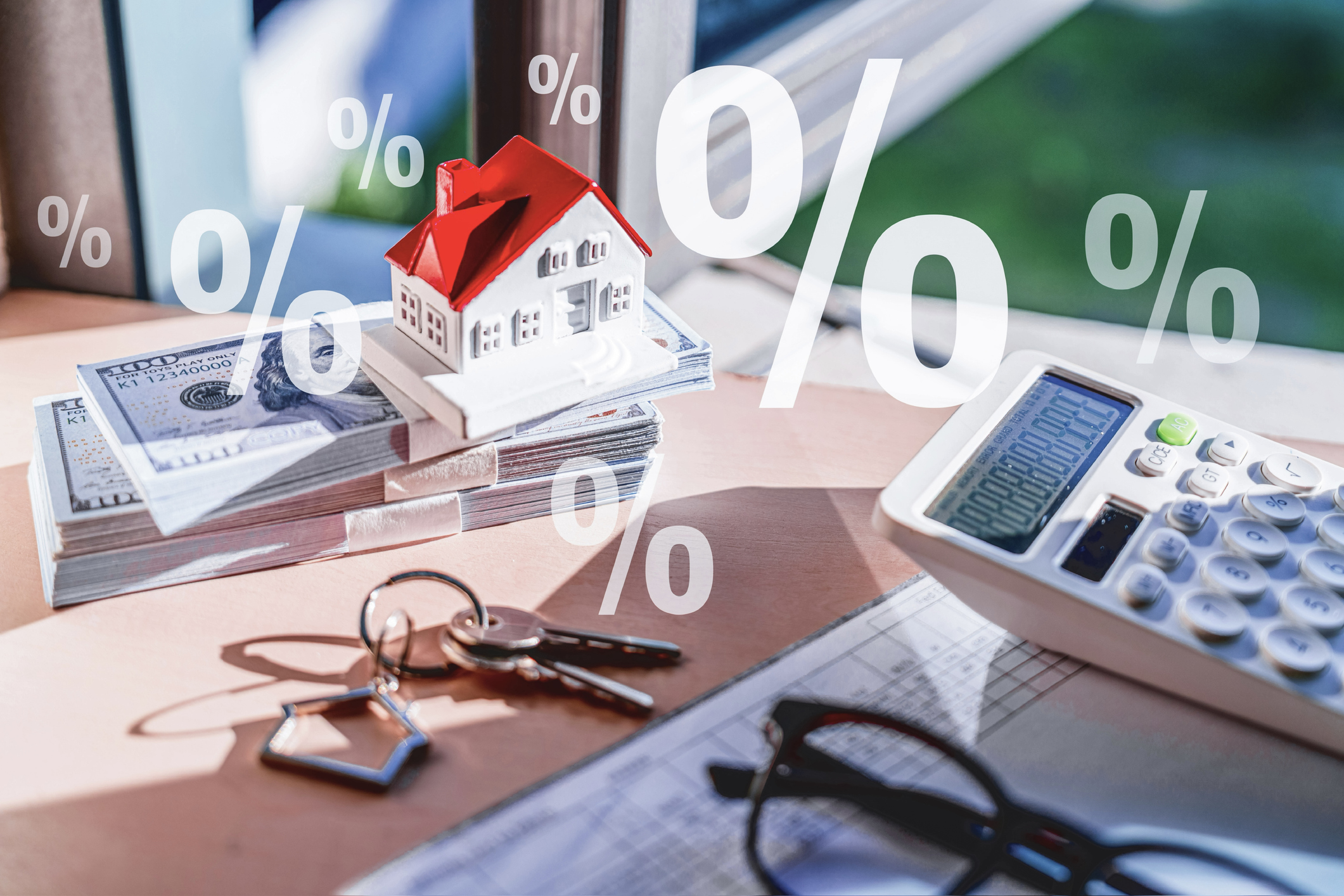Too many twentysomethings are letting debt drag them down. People aged 22 to 29 who carry debt owe an average of $16,120, according to a recent study by USA Today and the National Endowment for Financial Education. That's 10% more than just five years ago. The debt load is high, no doubt -- but not insurmountable.
| Row 0 - Cell 0 | Lower Your Debt Right Now |
| Row 1 - Cell 0 | Time for a Credit Report Checkup |
| Row 2 - Cell 0 | A Little Savings Goes a Long Way |
If the thought of paying off student loans and credit card debt makes you want to turn tail and run, it pays to stay the course. After all, if you devise a plan to handle your debt now, you'll be less likely to let it get out of hand later. And the sooner you get it under control, the sooner you can free up cash to save for your future. The USA Today/NEFE study found that more than half of twentysomethings aren't saving in an IRA or 401(k), and 40% don't have a savings account they contribute to regularly. If you can climb out of debt now, you can get a jump on saving for a home or something else you really want.
Here are five steps to get your debt under control, no matter how insurmountable it may seem:
From just $107.88 $24.99 for Kiplinger Personal Finance
Become a smarter, better informed investor. Subscribe from just $107.88 $24.99, plus get up to 4 Special Issues

Sign up for Kiplinger’s Free Newsletters
Profit and prosper with the best of expert advice on investing, taxes, retirement, personal finance and more - straight to your e-mail.
Profit and prosper with the best of expert advice - straight to your e-mail.
1. Take stock. The first step in wiping out debt is to figure out how much you owe and how much it's costing you. Write down your outstanding balance and the interest rate of every credit card and loan. This might not make you feel better -- in fact, you'll probably feel worse -- but it's necessary. "You can't control what you can't count," says Bob Schumann, a financial planner in Gahanna, Ohio. Use our tool to find out what it will take to pay off your balance.
2. Identify good debt and bad debt. Student loans, for example, are good debt because you borrowed to help build future wealth, and the asset you bought will long outlast the debt. "Your college education paves the way for you to make more money throughout your lifetime," says Schumann. Besides that, student loans -- though no longer at rock bottom rates -- come cheap, you can take years to pay them off and can deduct the interest you pay on them on your federal tax return (if your income doesn't exceed certain levels).
Bad debt, on the other hand, charges a hefty premium in borrowing rates and can only lose value over time. Credit card debt is at the top of the "bad" debt list. Second in line: auto loans. In both cases, young people don't often qualify for the best rates. An auto loan will run 7% to 8% depending on the term and whether you buy used or new, and the average rate on standard credit cards is 15%.
3. Stick it to your lenders. First things first: Stop using your credit cards. You can't chip away at your debt effectively until you stop adding to it. Take the cards out of your wallet so you won't be tempted, or just keep one for emergencies -- beer doesn't count.
Next, call your creditors and ask for a lower rate. Often they'll say yes, especially if you've had a good credit history. If that doesn't work, try transferring the balance to a lower rate card or taking advantage of an introductory offer that will give you a break on the rate or even 0% interest on balance transfers. (Shop for the best credit card deal.)
Beware of two potential pitfalls, though: A balance transfer fee will usually apply (perhaps 3% of the balance), and the introductory rate has strict limitations. Know when the teaser rate expires, what the new rate will be and what situations, such as late payments, will result in a loss of the teaser rate. Don't close your account with your old company after you transfer a balance -- the unused credit can actually raise your credit score.
4. Curtail costs on student loans. Even good debt can cost more than it should. The interest rate on outstanding student loans is 6.54% if you're in school, or 7.14% if you've already started repaying. If you have multiple loans, consolidate them to lower your monthly payments.
You can now shop around for the best terms, thanks to recent legislation. In years past you had to consolidate with the lender that held your loans. Many lenders offer rate reductions for 24 or 36 consecutive on-time payments, or for having your payments automatically debited from your checking or savings account. Compare deals at ConsolidationComparison.com.
5. Spend smarter. Use our budget worksheet to see how much you are spending and how much you'll have left over at the end of each month to use toward paying down debt.
Cut down on unnecessary spending to free up your cash flow. For example, forgoing a $20 happy hour after work once a week would save you $80 a month. On a $1,500 credit-card balance at 15%, adding that $80 to a regular $60 payment would save $189 in interest -- and you'd completely pay off your debt in one year instead of almost three. Use our calculator to see how much extra payments can save you in time and money. And see Stop Living Paycheck to Paycheck for more strategies to control your spending.
Profit and prosper with the best of Kiplinger's advice on investing, taxes, retirement, personal finance and much more. Delivered daily. Enter your email in the box and click Sign Me Up.
-
 Verizon Home Internet Is Offering Free Tech to New Customers
Verizon Home Internet Is Offering Free Tech to New CustomersVerizon’s latest home-internet promotion includes free tech, but the real savings depend on pricing, speed needs and how long you stay.
-
 Retirees in These 7 States Could Pay Less Property Taxes Next Year
Retirees in These 7 States Could Pay Less Property Taxes Next YearState Taxes Retirement property tax bills could be up to 65% cheaper for some older adults in 2026. Do you qualify?
-
 Estate Tax Quiz: Can You Pass the Test on the 40% Federal Rate?
Estate Tax Quiz: Can You Pass the Test on the 40% Federal Rate?Quiz How well do you know the new 2026 IRS rules for wealth transfer and the specific tax brackets that affect your heirs? Let's find out!
-
 Amazon Resale: Where Amazon Prime Returns Become Your Online Bargains
Amazon Resale: Where Amazon Prime Returns Become Your Online BargainsFeature Amazon Resale products may have some imperfections, but that often leads to wildly discounted prices.
-
 Roth IRA Contribution Limits for 2026
Roth IRA Contribution Limits for 2026Roth IRAs Roth IRAs allow you to save for retirement with after-tax dollars while you're working, and then withdraw those contributions and earnings tax-free when you retire. Here's a look at 2026 limits and income-based phaseouts.
-
 Four Tips for Renting Out Your Home on Airbnb
Four Tips for Renting Out Your Home on Airbnbreal estate Here's what you should know before listing your home on Airbnb.
-
 Five Ways to a Cheap Last-Minute Vacation
Five Ways to a Cheap Last-Minute VacationTravel It is possible to pull off a cheap last-minute vacation. Here are some tips to make it happen.
-
 How Much Life Insurance Do You Need?
How Much Life Insurance Do You Need?insurance When assessing how much life insurance you need, take a systematic approach instead of relying on rules of thumb.
-
 When Does Amazon Prime Day End in October? Everything We Know, Plus the Best Deals on Samsonite, Samsung and More
When Does Amazon Prime Day End in October? Everything We Know, Plus the Best Deals on Samsonite, Samsung and MoreAmazon Prime The Amazon Prime Big Deal Days sale ends soon. Here are the key details you need to know, plus some of our favorite deals members can shop before it's over.
-
 How to Shop for Life Insurance in 3 Easy Steps
How to Shop for Life Insurance in 3 Easy Stepsinsurance Shopping for life insurance? You may be able to estimate how much you need online, but that's just the start of your search.
-
 Five Ways to Shop for a Low Mortgage Rate
Five Ways to Shop for a Low Mortgage RateBecoming a Homeowner Mortgage rates are high this year, but you can still find an affordable loan with these tips.